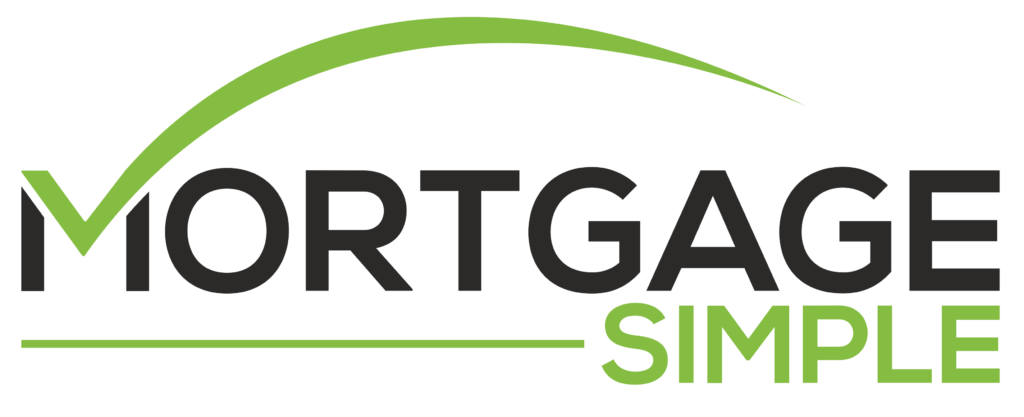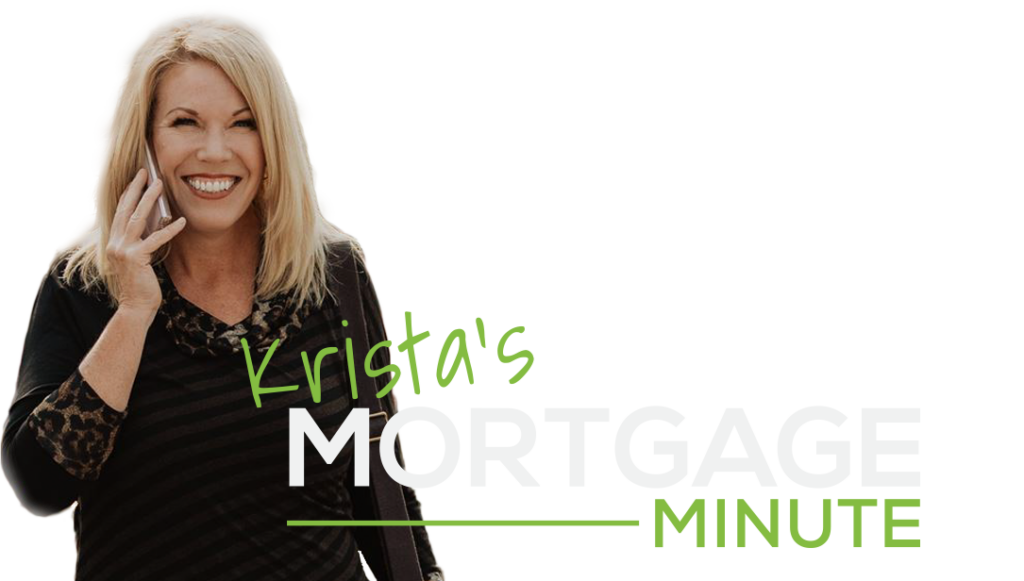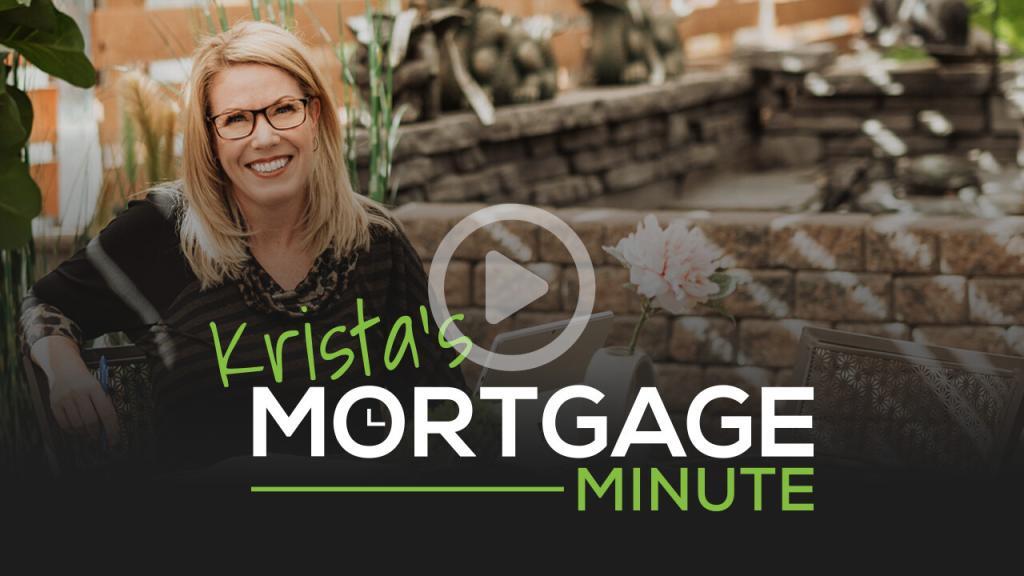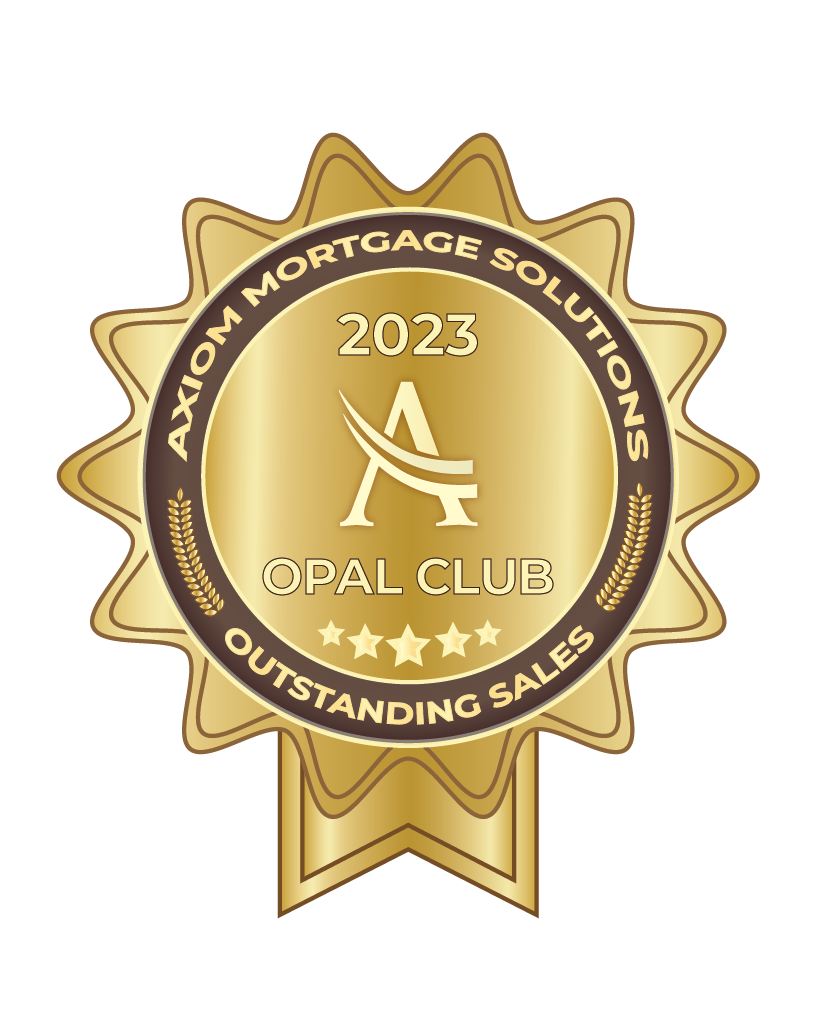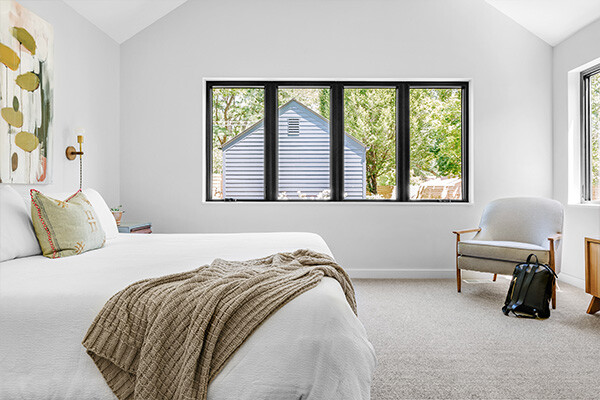Get Your Personalized Mortgage Plan
FAQs
Accredited Mortgage Professional (AMP) – this is what I am! The Accredited Mortgage Professional (AMP) is the only national designation for Canada’s mortgage industry. The AMP sets a single national proficiency standard for mortgage professionals. The AMP designation differentiates mortgage professionals from others in the mortgage industry. It demonstrates their commitment to providing you with the highest level of service. An accredited mortgage professional must have a minimum of 2 years’ mortgage experience and funded a minimum of 24 mortgages. At the time of writing I have 15 years of mortgage lending experience and have funded approximately 2000 mortgages. Similar to a mortgage broker below but much better.
Mortgage Broker – A mortgage agent is an independent person that will work with multiple lenders to find you a mortgage that will suit your needs. They will find a lender with the best rates and terms for your situation. There is usually no fee to work with a mortgage broker if you qualify under standard lending guidelines. Your mortgage professional gets paid a commission or finders fee from the lender. If there is a fee, this will be disclosed and documented up front.
Bank Mortgage Specialist – a bank employee that can only offer mortgages from the bank they work for – bank mortgage specialists generally do not hold a mortgage brokering licence and may have limited lending experience.
Bank Branch – similar to a bank mortgage specialist above but bank employees are more generalists and often have minimal knowledge about mortgages specifically. They are required to sell quota’s of all the bank products (credit cards, lines of credit, RRSP, etc). They generally do not hold a mortgage brokering licence and can only offer the banks mortgage products.
Closing costs are regulated by the mortgage insurer and they ask the lenders to require borrowers to show 1.5% of their purchase price. Example $450,000 purchase price you should have saved $6,750. Closing costs are funds required to close your mortgage. Expenses grouped under closing costs are: legal fees, title insurance, property tax adjustment, etc.
Alberta and Saskatchewan are the only provinces in Canada that do not have a land transfer tax (1% of purchase price, included above). This is a federal rule and Alberta borrowers are required to follow the guideline along with the rest of Canada but, because we don’t actually pay land transfer tax in Alberta you generally don’t use all the funds you are asked to show.
In some circumstances, we can request an exception to show closing costs available providing you are not borrowing to your maximum limit.
Even if you are buying a home with more than 20% downpayment and therefore not an insured mortgage, lenders typically still require proof of 1.5% closing costs.
We have 3 insurers in Canada, CMHC (Canada Mortgage and Housing Corporation), Sagen (formerly Genworth) and Canada Guaranty.
Your mortgage is insured when you have less than 20% to put as a down-payment on your purchase. By law, banks cannot lend more than 80% of the value of the home unless it is insured by one of three insurers. These insurers protect the lender (but you pay the premium) in the event the borrower defaults on the mortgage. An insurance premium is charged and is added to your mortgage amount.
5% down payment – 4% premium
10% down payment – 3.1% premium
15% down payment – 2.8% premium
20% down payment – premium is waved
A conventional mortgage is when you have 20% or more to put as a down-payment on your purchase. In most cases, there is no insurance premium charged. Occasionally, the lender may still need to have the mortgage insured through one of the insurers depending on the location of the property or type of property being purchased and sometimes to lower interest rate.
Below is a chart of the premiums you would pay on an insured mortgage. The amount that would be added to your mortgage will depend on the amount you have put as a downpayment. The premium is a percentage of the mortgage amount.
Your amortization is how long your payments are spread out. You can amortize an insured mortgage for 25 years, whereas a conventional mortgage can be amortized all the way up to 35 years.
Getting a mortgage pre-approval is important for many reasons:
- It is important to know what purchase price you are qualified for before you go shopping for a home so that you are shopping in the right price range.
- You need to ensure that you can comfortably afford not only your mortgage payments but all of the other costs of owning a home such as property taxes and utility bills. If you have not owned a home before, these amounts may be a bit surprising.
- Your mortgage professional will help you take a look at the entire picture.
- You need to ensure that you will qualify for a mortgage based on the lenders criteria. If there are issues, it is better to discover them at pre-approval stage so that you and your mortgage professional can work on fixing those issues prior to your search for a home. If you are not able to qualify for a mortgage at this time, we can assist you in taking the steps necessary to qualify for a mortgage in the future.
It is important to note that a pre-approval qualifies you as the applicant. Your mortgage professional should be collecting documents up front and confirming your income, credit and down-payment at this stage.
However, we are not able to pre-approve the property you will be purchasing.
This is still subject to lender/insurer approval. Therefore, it is important that you always put a “subject to financing” condition on your offer to purchase. Your real estate agent will assist you in writing the offer to purchase. Also, a pre-approval is only valid if there is no material change in your financial situation. If something has changed since you received your pre-approval (i.e. changed jobs, acquired new debt etc), please contact your mortgage professional so that they can review your file.
Once you find a home, you and your real estate agent will write an offer to purchase. Once the negotiations have been completed, a copy of the offer to purchase and property highlight sheet is forwarded to your mortgage broker. They will then submit the mortgage for final approval to the lender. Once the lender/insurer approval has been obtained, the lender will send a mortgage commitment to your mortgage broker outlining the details of the approval along with requesting any paperwork that may still be required (paperwork in required up front before your write an offer). Your mortgage broker will then contact you to go over the approval, discuss the 3 P’s (pre-payment privileges, portability, and penalties). Once the paperwork has been signed has been received and approved by the lender, your mortgage file will be complete and you can remove your “subject to financing” condition on your offer to purchase. Do not remove your condition of finance until your mortgage explicitly says so in writing)
Once you have removed all of your other conditions, such as “subject to home inspection”, then you have purchased your home! Your next step will be to go to your lawyers to sign the legal paperwork required in order to complete your purchase. You should expect to go to the lawyers approximately 10 days prior to the possession date. When you go to your lawyers, you will be expected to bring the remaining down-payment and closing costs. Your lawyers office will provide a statement of disbursements to you so you know how much you are required to make the bank draft for. These funds must be in the form of a certified cheque or draft. Once you have completed the paperwork at the lawyers, you will then wait to take possession of your home on the possession date negotiated.
Apply For Your Mortgage Today!
Most Recent Articles

How does an American bank failure affect us as Canadians? I have good news for you.
You don’t have to be a financial expert to understand what’s going on here. When banks in the United States fail, investors start to get

How Can I Improve My Credit Score? (Watch Full Video)
I often get asked, “How can I improve my credit score?” well there are two most effective ways you can improve your credit. Paying your
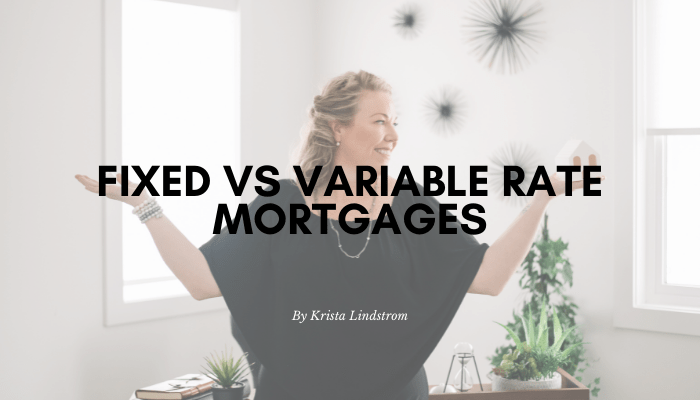
Fixed Vs. Variable Rate Mortgages (Watch Full Video)
Choosing a fixed or variable rate mortgage mainly depends on your situation. If you are looking to save the most amount of money or if

